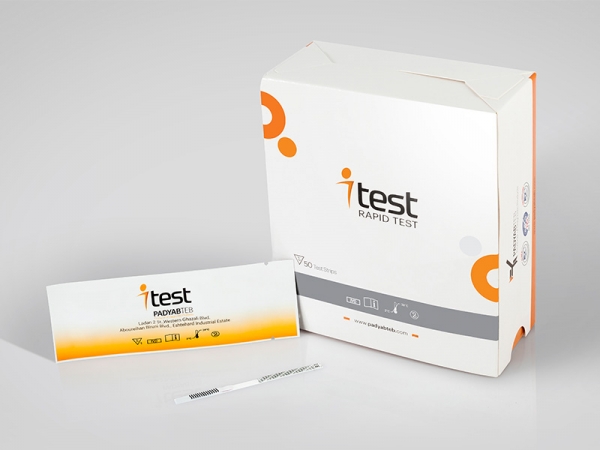| Name | Barbiturates Urine Rapid Test (Strip/cassette) |
| Category Name | Drug Tests |
| Test | 25 or 50 tests |
| Cut.Off | 300 ng/ml |
The BAR Rapid Test (Urine) is a lateral flow chromatographic immunoassay for the detection of Barbiturates in urine at a cut-off concentration of 300 ng/mL.
Materials Provided with BAR drug Rapid Test kit:
1. BAR Test Device
The test contains mouse monoclonal anti-Barbiturates antibody coupled particles and Barbiturates-protein conjugate. A goat antibody is employed in the control line system
2. Instructions for use
Materials required, not Provided:
1. Urine collection container
2. Timer or clock
BAR Rapid Test kit Background Information
Barbiturates are central nervous system depressants. They are used therapeutically as sedatives, hypnotics, and anticonvulsants. Barbiturates are almost always taken orally as capsules or tablets. The effects resemble those of intoxication with alcohol. Chronic use of Barbiturates leads to tolerance and physical dependence. Short acting Barbiturates taken at 400 mg/day for 2-3 months produce a clinically significant degree of physical dependence. Withdrawal symptoms experienced during periods of drug abstinence can be severe enough to cause death. Only a small amount (less than 5%) of most Barbiturates are excreted unaltered in the urine. The detection period for the Barbiturates in the urine is 4-7 days. The BAR Rapid Test (Urine) is a rapid urine-screening test that can be performed without the use of an instrument. The test utilizes a monoclonal antibody to selectively detect elevated levels of Barbiturates in urine. The BAR Rapid Test (Urine) yields a positive result when the Barbiturates in urine exceeds the cut-off level.
BAR drug Rapid Test Principle
The BAR Rapid Test (Urine) is an immunoassay based on the principle of competitive binding. Drugs that may be present in the urine specimen compete against the drug conjugate for binding sites on the antibody. During testing, a urine specimen migrates upward by capillary action. Barbiturates, if present in the urine specimen below the cut-off level, will not saturate the binding sites of the antibody in the test. The antibody coated particles will then be captured by immobilized Barbiturate-protein conjugate and a visible colored line will show up in the test line region. The colored line will not form in the test line region if the Barbiturate level exceeds the cut-off level because it will saturate all the binding sites of anti-Barbiturate antibodies. A drug-positive urine specimen will not generate a colored line in the test line region because of drug competition, while a drug-negative urine specimen or a specimen containing a drug concentration less than the cut-off will generate a line in the test line region. To serve as a procedural control, a colored line will always appear at the control line region indicating that proper volume of specimen has been added and membrane wicking has occurred.



